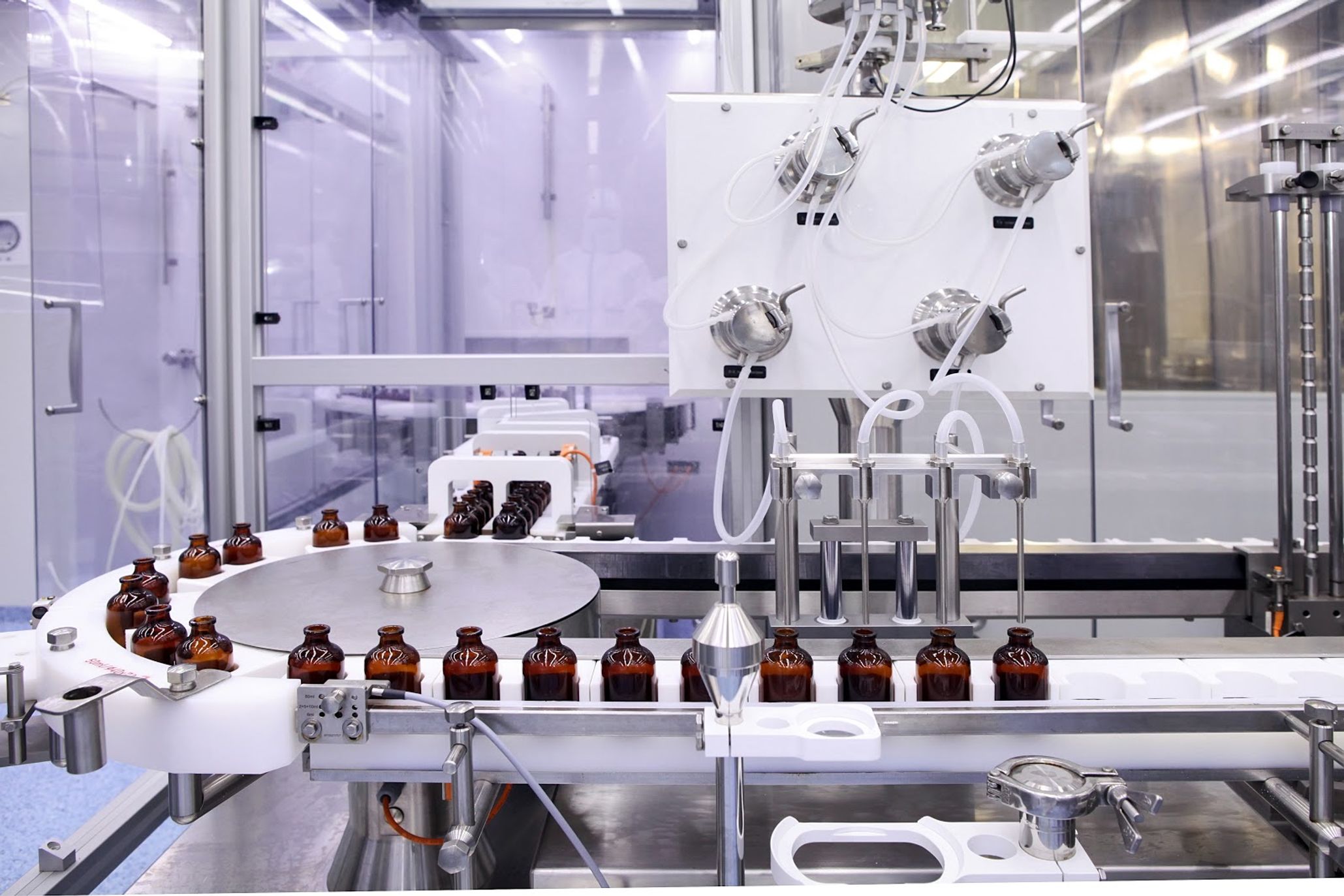Overview
CoolPlanet partnered with a leading pharmaceutical plant in Ireland to ensure they never faced power outages while enhancing operational efficiency and saving €200,000 annually. By installing HVO-powered backup generators and optimizing their participation in energy markets, the plant secured its operations and supported a greener energy system.
Key Impact
Power Security
Reliable backup power during outages
€200,000
Annual Savings
Green Solution
Integration of HVO-powered generators
Operational Efficiency
Seamless integration with no disruptions
Initial Assessment
We began by evaluating the pharmaceutical plant’s connection to the ESB grid and its energy usage patterns. This assessment helped us determine how they could reduce energy demand and identify which markets they could join to earn revenue.
Each Individual Demand Site (IDS) is assessed for its capability to provide Demand Reduction and to determine suitable markets and products. In this case, the Republic of Ireland-based pharmaceutical company had two generators and a 1MW Battery (BESS) connected to the ESB grid.
To ensure the site was suitable for participation in Ireland’s Electricity Markets, we conducted a desktop study of the contractual and technical arrangements the company had with the ESB grid. We examined the Connection Agreement to identify any restrictions, focusing on the Maximum Import Capacity (MIC) and Maximum Export Capacity (MEC). We found that there was no MEC available.
Next, we analysed the site’s electricity consumption using metering data from the ESB, which helped us understand the plant’s demand reduction capability over different time periods (daily, weekly, monthly, and annually).
Technical Data
The pharmaceutical company completed a technical data sheet to provide a comprehensive view of the site. This included details about the capacity and operation of their generators, which are synchronised in Long Term Parallel mode, ensuring no disruption to the site’s processes.
Assessment for Market Participation
After analysing historical data and understanding the site’s operations, we submitted a proposal to the pharmaceutical company, outlining potential revenue opportunities in the Capacity and DS3 markets. We provided contracts for DSU and DS3 to reflect the identified markets.
Following the completion of contractual agreements, we installed monitoring equipment and integrated it into our SCADA systems. This equipment is crucial for reporting consumption reductions to the energy markets. After installation, we organised tests with EIRGRID (Ireland’s System Operator) to confirm the site’s capability to respond quickly and effectively to grid signals.
These tests included controlled operations where the site’s power could be adjusted on command. The reduction in energy use was captured by our SCADA software integration and validated by ESB metering. The results were approved by EIRGRID (PDF report), and the site's capacity was added to the Operations Certificate.
Additionally, the site's capability for various DS3 services, such as frequency response, was proven and documented.
The site’s capacity is aggregated into units that are bid into the Capacity Market Auctions, which cover up to four years in the future. The DS3 services are also aggregated, with the capability adjusted every six months.
We secured an MEC to cover the full 1MW battery operation, ensuring that DS3 services remain available to support the electricity system and renewable energy development in Ireland.
Site Specifications
- Generators: Capable of sustaining the full site consumption.
- 1MW Battery: Supports the site’s consumption until the generators take over during grid outages.
- DS3 Service Volumes: The site participates in various DS3 services that respond to drops in system frequency, enhancing grid stability.
Conclusion
This pharmaceutical plant’s experience highlights the significant benefits of securing a reliable power supply while generating substantial revenue. By partnering with CoolPlanet, the plant safeguarded its operations from potential power outages and realised annual savings of €200,000 through demand response programmes.
The integration of HVO-powered generators further emphasised the plant's commitment to sustainability, making this solution a win-win for operational resilience and environmental responsibility.
Ready to secure your power supply and start saving?
Call us today to schedule your free site survey and discover how CoolPlanet can help your business stay powered and profitable. Don't miss out - this offer is available until 30th September.



